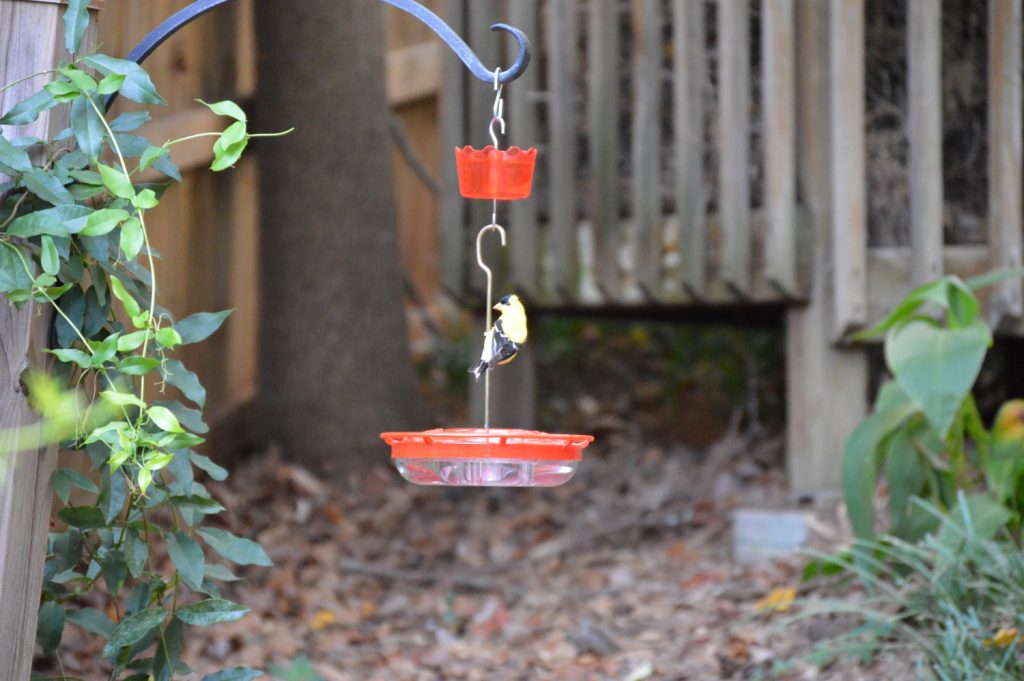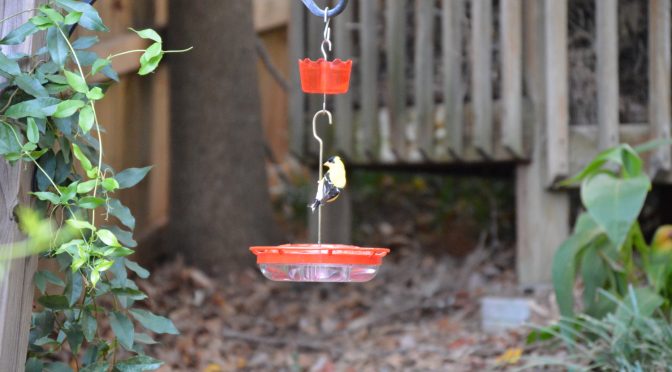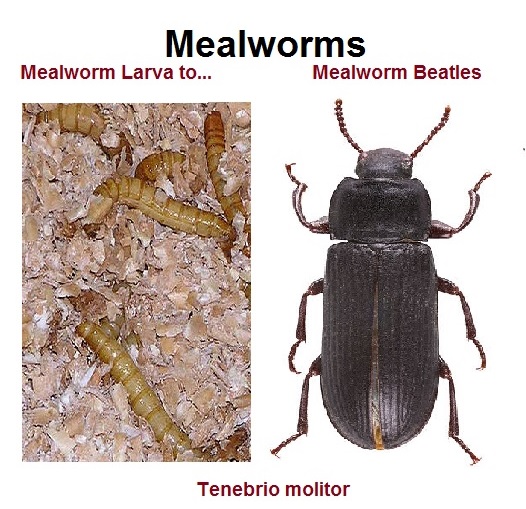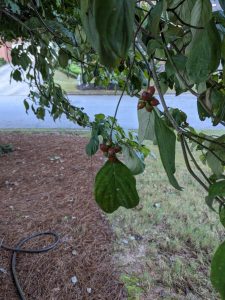It’s late October here in NE Atlanta, GA. Which means, sadly, 99% of the hummingbirds have migrated.
Our hummingbird season basically runs from April 1st to the 2nd week of October. It’s a nice long season however, in our particular location we typically only get really busy with the hummingbirds late in the summer.
I tell people that’s because when they are going north, we are not on their superhighway. I like to joke that the hummingbirds take I-95 to Canada, but on the way home, during the late summer, they take I-85. That puts them right over our houses here in Johns Creek, GA.
Since it is late October, it is okay to take your hummingbird feeder down. Once it is down and drained make sure you clean it right away. I use a bottle brush with a 5% solution of bleach with warm soapy water. I’ll let it soak for at least an hour then attack it with the bottle brush. That should kill all the mold and bacteria.
This year I did something a little different with my “Best-1” hummingbird feeder. Since the season is over, I just made a minor change to the unit, and I am now using it as a watering hole for the chickadees and goldfinches. Think of it as a very small birdbath.

At my house, for some odd reason, goldfinches and chickadees prefer to use my ant moats as their summer watering holes. This drives me crazy because they drink all the water out of the moats and leave them dry for the ants to cross. Because of this, shown in the picture above I’m actually using two ant moats, one built into the unit and one above the unit.
Since I know they like that watering hole location, I just needed more water to make it last a few days. Here’s how I did it: I left the base open to be used only for water by just removing the Best-1 feeder ports.
The water doesn’t overflow out of the base since the air pressure keeps everything in place. It just automatically fills up once the birds have their drink.
If this sound a little confusing, here is a short video I made on how to do it. Any hummingbird feeder with the characteristics like the Best-1 model should work just fine.




